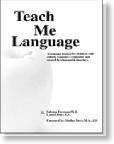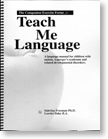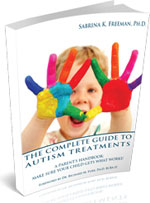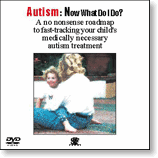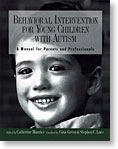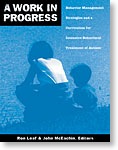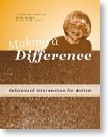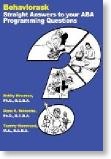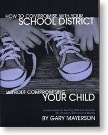assortative mating
The Side-By-Side Refrigerator Theory?
25/11/11 10:34 Filed in: autism | Asperger's Syndrome
Autism “researchers” have previously attacked mothers and fathers separately; apparently, it’s time to pathologize them together!
First we had refrigerator mothers, then we had disengaged fathers. Now we seem to have a combination of the two: researchers blaming both parents for the current autism epidemic. It’s hard to make this sort of stuff up!
Several years ago, there was a theory posited by Simon Baron-Cohen, the British psychologist who suggested that when “geeks marry geeks”, they create children with autism. He uses the term, “assortative mating” to suggest that people who are attracted to professions such as engineering or computing sciences will tend to marry each other. This in turn will increase the odds of having a child with autism, according to the theory. Baron-Cohen further posits that increased equality for women in the workplace has resulted in their increased participation in nontraditional careers such as engineering and computer science; consequently, the phenomenon of “geeks marrying geeks” is at an all time high, and therefore responsible for more children with autism.
For purposes of analysis, let’s assume this to be a plausible theory. Is there any support for the hypothesis? My instinct is to first ask when the theory was introduced, and second, whether there is any data to support the theory.
Baron-Cohen introduced his theory in 2006 and the theory was NOT supported with data in 2007, nor in 2008 by two other sets of researchers in the field. To me, this finding is not surprising given the tendency of regression towards the mean.
For Baron-Cohen to continue to develop his assortative-mating theory, I suggest he do what he has not done thus far:
1) Create a theoretical research program
2) Develop theoretical propositions
3) Create the hypothesis
4) Test the hypothesis
5) Collect the data
6) Analyze the data
7) Report the data
This is standard stuff for any serious research effort, but is strangely absent from Baron-Cohen’s side-by-side theory. At best, all we’ve seen from Baron-Cohen are steps one through three. We eagerly await the timely completion of steps four through seven!
Until such time, I consider this to be simply another attempt from another expert to pile on and once again blame the parents. I’m always on the lookout for the next sophisticated Blame the Family Theory. I’ll let you know when it appears!
First we had refrigerator mothers, then we had disengaged fathers. Now we seem to have a combination of the two: researchers blaming both parents for the current autism epidemic. It’s hard to make this sort of stuff up!
Several years ago, there was a theory posited by Simon Baron-Cohen, the British psychologist who suggested that when “geeks marry geeks”, they create children with autism. He uses the term, “assortative mating” to suggest that people who are attracted to professions such as engineering or computing sciences will tend to marry each other. This in turn will increase the odds of having a child with autism, according to the theory. Baron-Cohen further posits that increased equality for women in the workplace has resulted in their increased participation in nontraditional careers such as engineering and computer science; consequently, the phenomenon of “geeks marrying geeks” is at an all time high, and therefore responsible for more children with autism.
For purposes of analysis, let’s assume this to be a plausible theory. Is there any support for the hypothesis? My instinct is to first ask when the theory was introduced, and second, whether there is any data to support the theory.
Baron-Cohen introduced his theory in 2006 and the theory was NOT supported with data in 2007, nor in 2008 by two other sets of researchers in the field. To me, this finding is not surprising given the tendency of regression towards the mean.
For Baron-Cohen to continue to develop his assortative-mating theory, I suggest he do what he has not done thus far:
1) Create a theoretical research program
2) Develop theoretical propositions
3) Create the hypothesis
4) Test the hypothesis
5) Collect the data
6) Analyze the data
7) Report the data
This is standard stuff for any serious research effort, but is strangely absent from Baron-Cohen’s side-by-side theory. At best, all we’ve seen from Baron-Cohen are steps one through three. We eagerly await the timely completion of steps four through seven!
Until such time, I consider this to be simply another attempt from another expert to pile on and once again blame the parents. I’m always on the lookout for the next sophisticated Blame the Family Theory. I’ll let you know when it appears!


